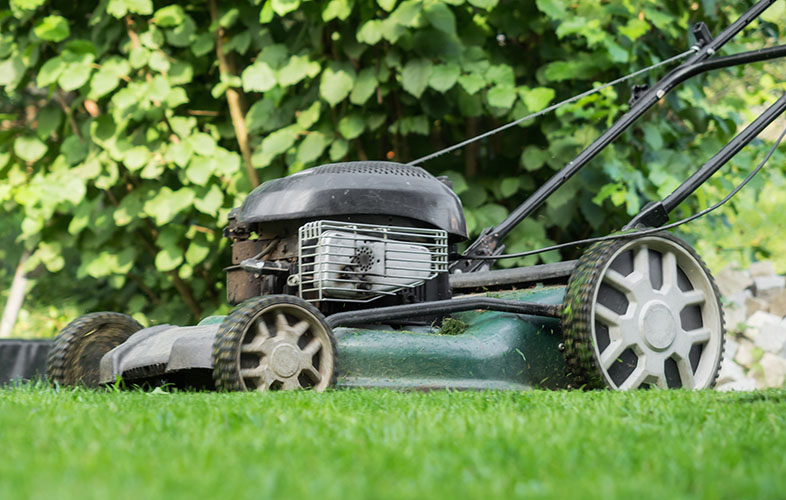As the winter draws to a close and warmer weather approaches, many homeowners look to revive their lawns for the season ahead. For some, this is pretty straightforward and involves little more than waiting for higher temperatures and applying fertilizer. For others, though, spring prep means reviving brown grass. While that may seem daunting, discoloration doesn’t necessarily mean that your grass is dead: it may just be dormant. And though reviving it is possible (we’ll get to the details momentarily), restoring an unhealthy lawn may take a bit of elbow grease. But don’t worry: The experts at TruGreen® can help.
Here, we’ll get into the differences between dead grass and dormant grass and answer some common questions about what it takes to restore your lawn’s healthy-looking appearance. Find everything you need to know about reviving your lawn ahead.


 Branch Finder
Branch Finder













Facebook
X
Youtube
Copy Link
Email